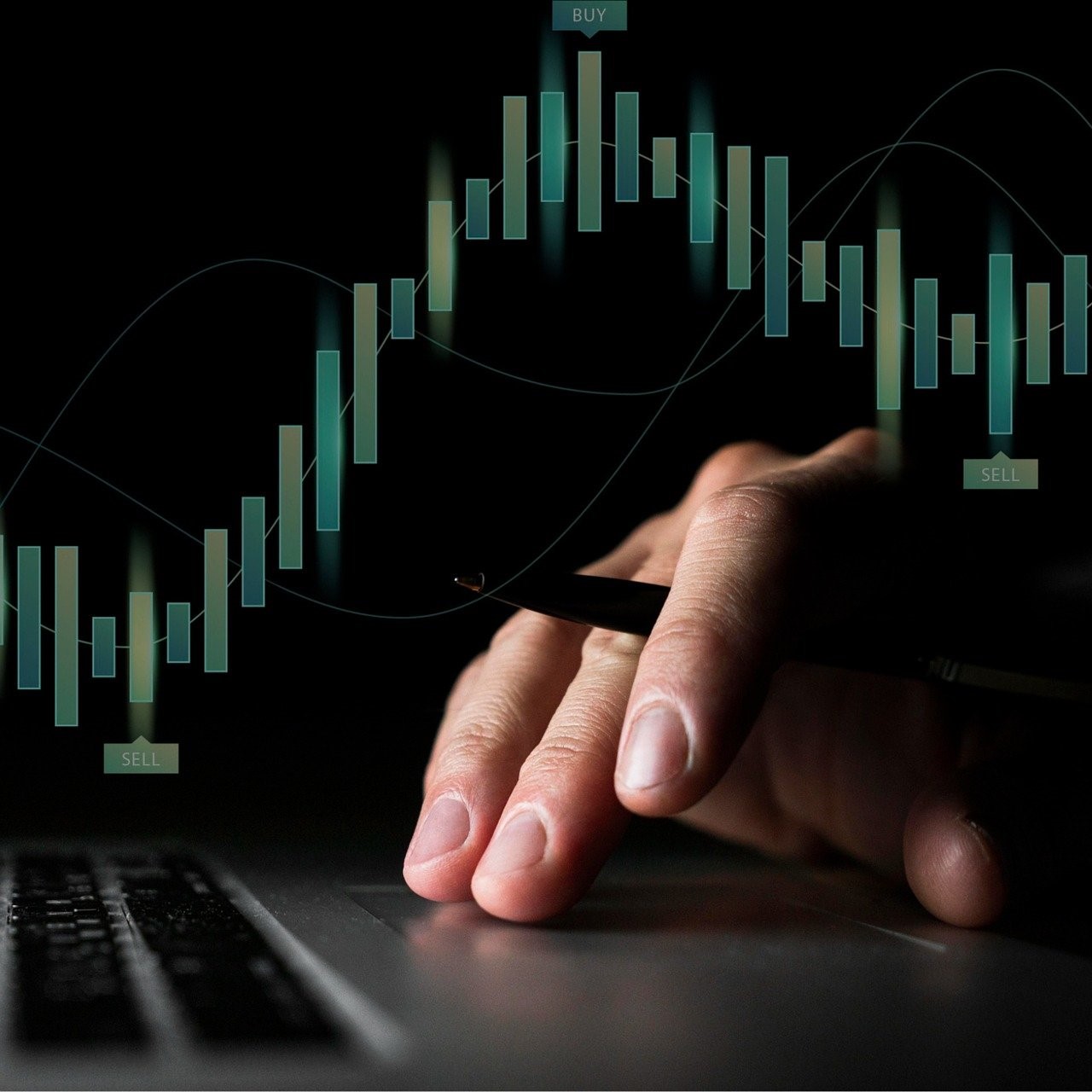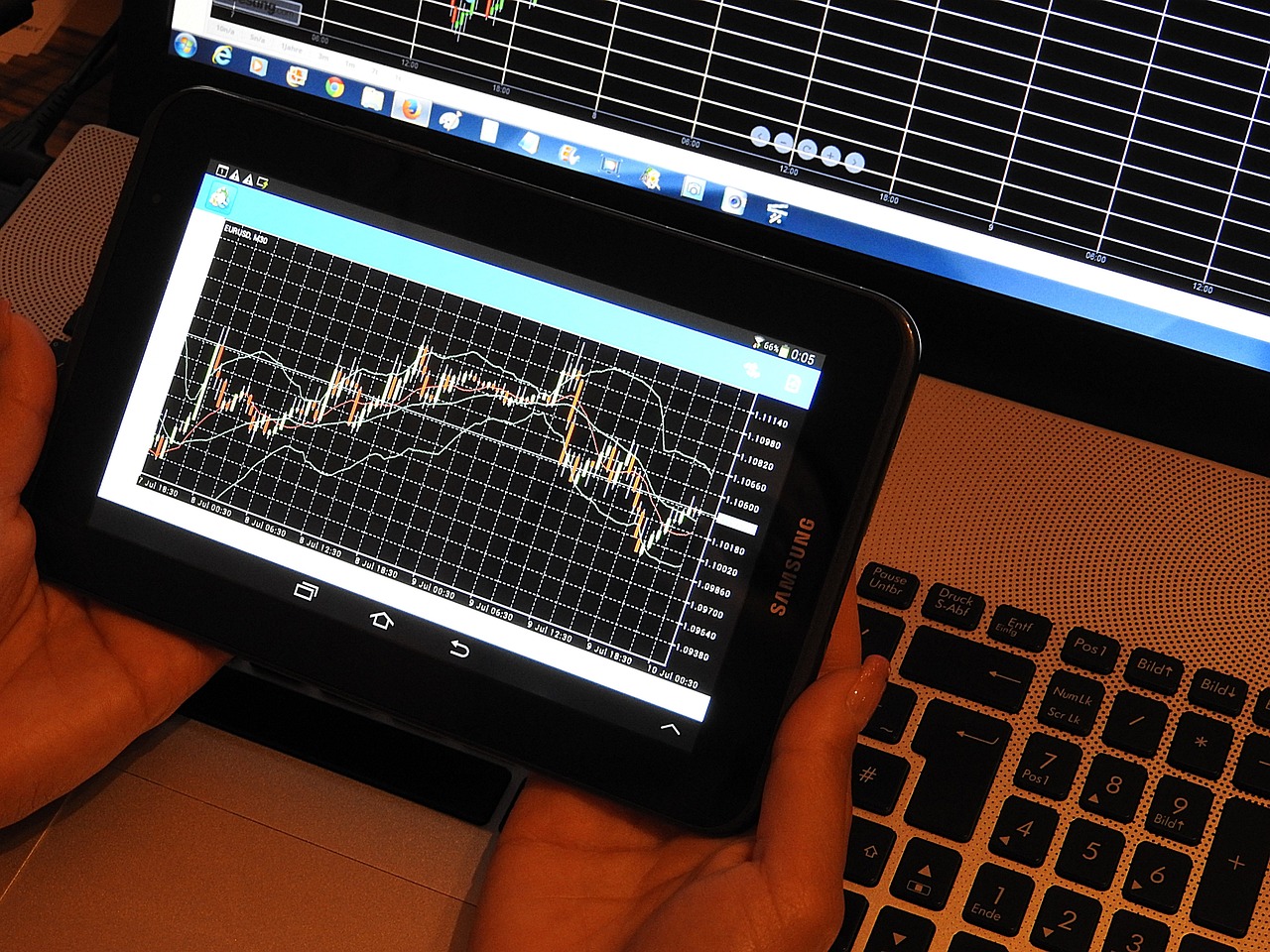Introduction
Forex trading is commonly known as foreign exchange trading, which entails trading operations to purchase and sell currencies to achieve profits from the price change. Leverage is considered one of the most fantastic attractions of forex trading and hence calculating leverage in forex trading is very important. Margin trading enables the trader to trade a more significant market exposure by putting down a relatively small amount, effectively widening the profit and, in equal measure, danger. In this article from forex turtle, a trader will learn how to leverage functions within the forex framework by studying its advantages and disadvantages and how to manage them properly.
What is Leverage?
Leverage is a financial instrument in which the trader opts to use borrowed capital to amplify their gains on investment. In forex, leverage is expressed as a ratio, such as 100:1, 50:1, or 200:1. This implies that with their own money, traders can have more control over the prominent position in the forex market. For example, with a 100:With one leverage ratio, a trader can manipulate $100,000 in currency with only a personal investment of $1,000.
A basic understanding of how Leverage works when trading the forex market is crucial to understanding the concept.
In foreign exchange trading, the market usually is highly variable and exhibits large fluctuations in price. They enable traders to increase their position in these price fluctuations, known as Leverage. Here’s a step-by-step breakdown of how Leverage works in a typical forex trade:
- Opening a Trading Account: Leverage is a feature of a forex trading account that traders have with a broker of their choice. The broker only defines the maximum optional leverage for trading the option.
- Depositing Margin: Leverage trading involves taking a position on an instrument by risking a margin amount to access a more prominent position. A small portion of the corporation’s overall total trade size is reached with the investment in a specific sector.
- Placing a Trade: Sometimes, customers can also set stop-loss and stop-loss orders in purchasing or selling currency pairs. Leverage means that the total amount of money at the trader’s disposal is significantly more significant than the amount that the trader deposited with the broker.
- Market Movements: It becomes too bad when the market trends in the trader’s favor; the profit he earns is manifold that of the invested capital. In return, should the expected profit of the trend to the market fail to take place, it results in a considerable loss.
Example of Leverage in Action
Let’s consider a practical example to illustrate how Leverage works in forex trading:
– Account Balance: $1,000
– Leverage Ratio: 100:1
– Trade Size: One standard lot used in this paper is thus equal to $ 100,000
With the Leverage of 100:1, whereas the other models may demand $100,000 as the margin, which the trader has to keep on the futures contract, the trader only needs $1,000 as a margin to control a $100,000 position.
Scenario A: Suppose a currency pair trades in the desired direction, increasing by 1% and gaining $1,000. The account balance is $2,000. This means that the ROI would equal 100 percent on the first margin. Thus, the break-even point would be reached only on the first margin.
Scenario B: They’re trading high-risk currency pairs. If such a currency pair is against the trader and the exchange rate is lost by 1% ($1,000 loss), then the trader’s account balance is instantly—$0. Such a position exposes the trader to a margin call or the forced closure of the position, as explained in the next section.
Leverage in forex trading.
- Increased Profit Potential: Leverage enables traders to amplify their gains with little or no extra capital. This can be especially attractive when the market has narrow price fluctuation patterns.
- Access to Larger Markets: Lace traders can use little money to make the most of the forex market and expand their business. This creates a platform for retail traders to engage in a global financial market.
- Flexibility in Trading Strategies: It can bring flexibility to trading strategies. Since margins can be had for as low as one pip, traders can open many positions simultaneously without vast amounts of invested capital.
- Higher Return on Investment: The capability of achieving higher returns is one of the significant attraction pointers to leverage among traders. Trades can generate handsome profits, especially when compared with the margin applied.
Connecting Velcro to Leverage, therefore, brings with it risks, which include:
- Increased Risk of Loss: This has the strength that since profits are also amplified, losses are also magnified. Traders risk much more than the investment amount, meaning they can quickly lose significant sums.
- Margin Calls: A margin call is when a broker communicates that they must make a further deposit or close their positions if poor price movements have reduced the trader’s equity.
- Emotional Stress: The civilizing process may increase stress and emotional arousal levels, possibly interfering with rational thinking. Huge fluctuations make traders use their emotions in decision-making, which may lead to poor decisions to recover the losses made earlier.
- Complexity of Management: A person must know the available risk management approaches to manage leveraged positions. Due to a lack of proper management, traders are likely to experience some of the following consequences of the impact of interest rates.
If used effectively, this article outlines how to manage leverage when trading stocks, bonds, futures, or forex.
- Use Appropriate Leverage Levels: Not all traders require Maximum Leverage. High leverage levels should be discreet depending on the trader’s risk tolerance and style. As with many other novices who desire to trade foreign exchange, it is advised that the leverage used should be lower.
- Implement Risk Management Strategies: Place stop orders to prevent loss on trades. Prepare the percentage of your account that you want to put on the line for any particular trade, which is usually advised at 1-2%.
- Maintain Sufficient Margin: Ensure you always have sufficient margin to accommodate your opened positions. This helps avoid cases of margin calls or forced sales of their position.
- Educate Yourself: Forex trading means power for those knowledgeable about the market. Learn about the market and the necessary strategies for handling it, as well as understand how Leverage works. Practice trading using Leverage in the risk-free demo accounts.
- Stay Informed: Follow the latest market trends and events influencing currencies. Where are they headed and why? It is always a great idea to gain as much information as possible regarding the factors that affect price changes to improve your trading strategy.
Conclusion
Leveraging is a beneficial factor within the forex market, but it has positive possibilities for high income for the dealer and negative ones with high risk. Awareness of Leverage’s advantages and disadvantages is helpful for any trader who wishes to operate within the forex markets. Leverage should be effectively managed while proper risk management strategies are adopted to help improve the trading experiences of a trader with low possible risk encounters. In the volatile world of forex trading, it is critical to have sufficient knowledge so that the trader can make the right choices to make more wise and fruitful decisions.
Happy trading Turtles…..!!!!!!!





